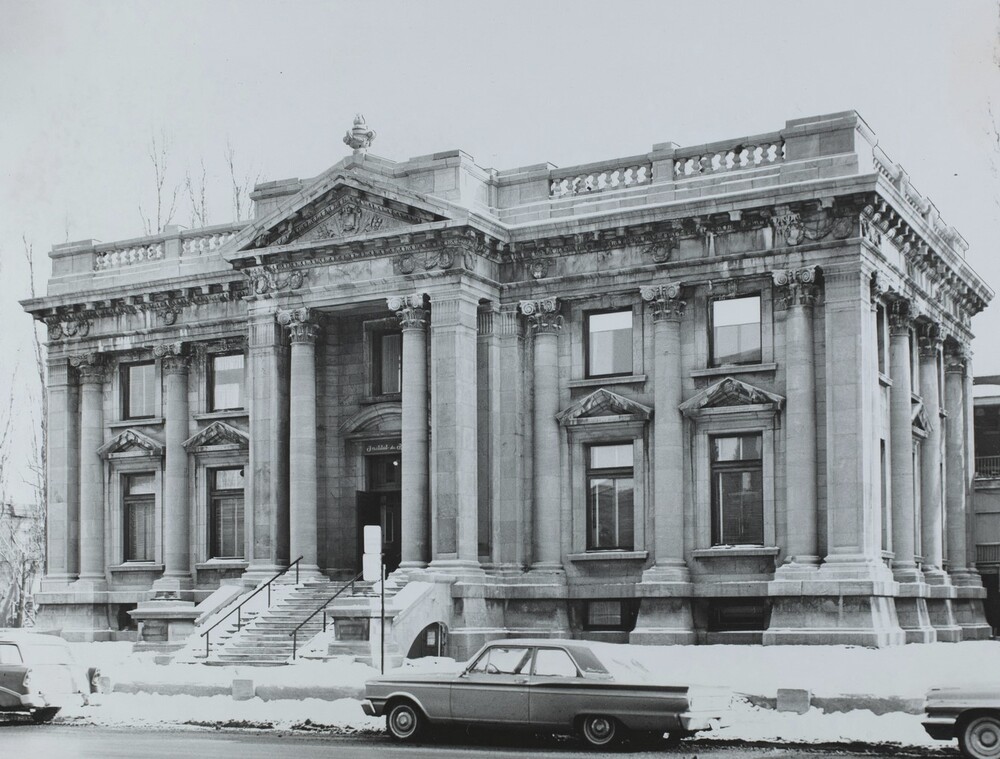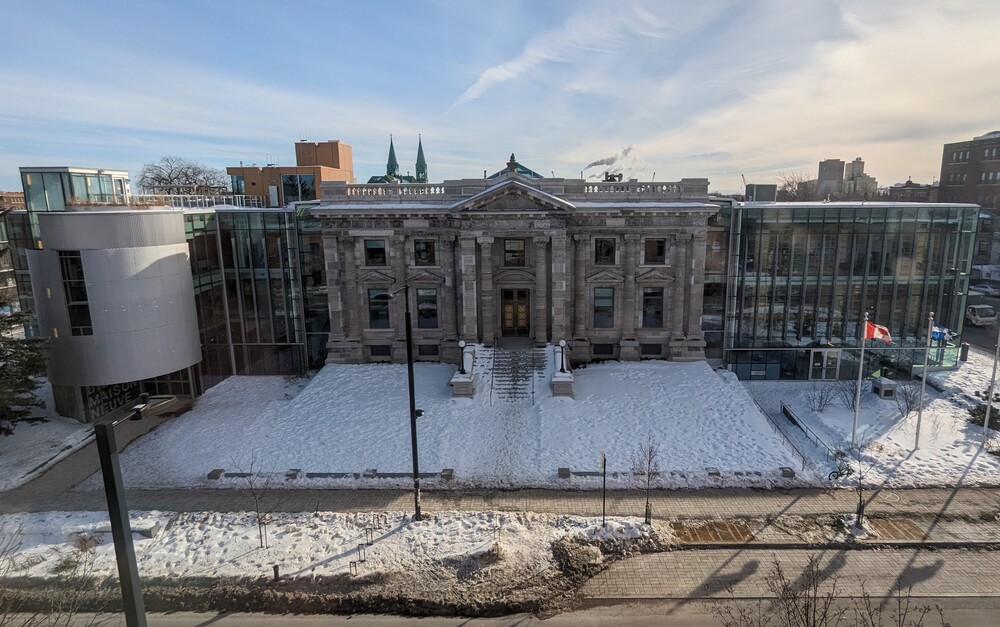Conclusion
A History of Failure ?
The inauguration of the Radium Institute in 1923 gave the impression that Québec had joined the great march of Western scientific progress. However, forty years later, when the institute finally closed, it became clear that most of its initial aspirations were not met. Still, it would be wrong to equate the history of the Institute with failure.
From 1926 to 1967, over 67,000 patients were treated at the hospital, a major portion of whom were lower-class. Moreover, this one small hospital helped train specialized medical personnel in new technologies used in cancer treatments and radiology. The Institute also represented the first Canadian effort in the fight against cancer, which stimulated national interest in the field.
As for its importance for the history of Mercier-Hochelaga-Maisonneuve, the presence of Montréal’s Institut du radium in the borough’s former Town Hall gave new life to this old historical building. It even prevented the sale of it to the federal Government, so that it may eventually house a new public institution in 1981: the Maisonneuve Public Library, which still today plays a central role in the vitality of the neighbourhood.



